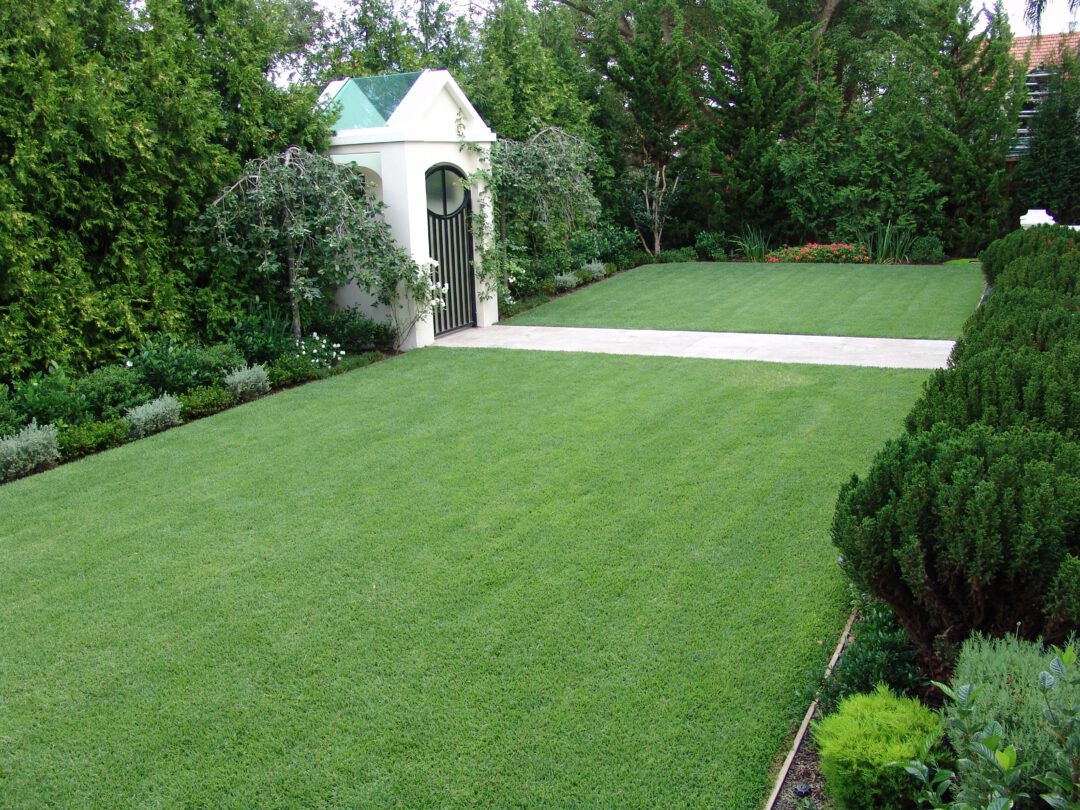Evaluate the soil: Before beginning the transformation process, evaluate the soil to see if it needs any amendments. Ensure the pH level of the soil is between 6.0 and 7.0. Soil tests are
recommended to fully understand what trace minerals you may be lacking. Texas A&M does provide analysis.
Sun/Shade: this is especially important for any lawn. The balance of sun and shade is never perfect, but 6 hours of sunlight is highly recommended for a thick lawn. Too much shade? Thin out and raise the canopy of trees. Too many trees? Have a Certified Arborist evaluate the trees to increase sun light.
Remove old grass and weeds: Use a sod cutter, hoe, or spade to remove the existing grass and weeds from the lawn. Remove any unwanted debris and rocks.
Aerate the soil: Use a lawn cultivation machine/tiller, or a garden fork to pull plugs of soil from the ground and break up soil compaction. This will allow air, water, and nutrients to enter the soil to promote healthy grass growth.
Add organic matter: Spread a 2-inch-thick layer of organic matter, such as compost, over the top of the lawn. Rake the organic matter into the soil to improve soil health.
Level the soil: Use a lawn-levelling tool to ensure that the soil is level. This will provide an even surface for the new grass to grow on, but you still need a little slope to drain soil too!
Add fertilizer: Apply an Organic fertilizer to the soil to provide nutrients to the new grass. Follow the manufacturer’s instructions for application rates. Organic Fertilizers are best as they do not burn and can also help improve the soil. Remember, heathy soil, healthy lawn!
Sod: Choose the appropriate grass variety for your environment. Sod varieties in Houston are abundant as you can plant Zoysia, St. Augustine, Bermuda, or buffalo grass. Sod over properly
prepared soil. Water the area well and regularly until the new grass is established.
Water and maintenance: Keep the new grass well-watered, especially during the hot summer months. It is important to understand how much to water your lawn. Keeping the soil moist is important for microbiology of the soil, so spring through summer months water daily but for 7-10 minutes per zone.
Mowing: Mow the grass regularly to promote healthy growth. Be sure to mow at the proper height.
Control weeds and pests: Use natural, or chemical methods, to control weeds and pests that can damage the new turf.
Enjoy your lush new lawn: With proper care, your new lawn will grow and thrive, providing an attractive and functional outdoor space for you and your family to enjoy.

